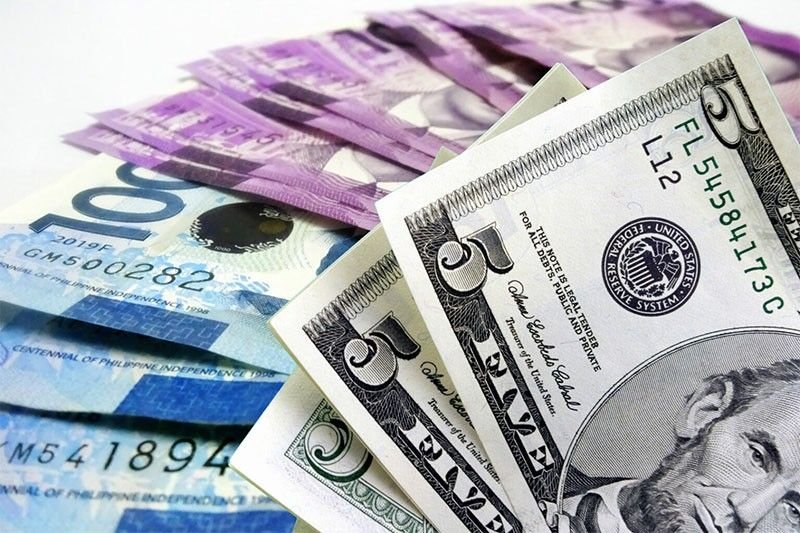October 28, 2025 | 12:00am
MANILA, Philippines — The peso weakened against the dollar for the eighth straight trading day yesterday, sinking to its lowest level in 10 months due to the renewed strength of the greenback, weaker local market sentiment and expectations of further monetary easing by the Bangko Sentral ng Pilipinas (BSP).
Data from the Bankers Association of the Philippines showed the peso closed at 58.9 versus the dollar yesterday after shedding 27.5 centavos from Friday’s 58.625 finish.
This marked the peso’s lowest close since Dec. 18, 2024, when it settled at 58.99.
The local currency opened weaker at 58.6. It hit its best showing at 58.5 before hitting its intraday low at 58.92 against the dollar. Total volume rose by 14.3 percent to $1.6 billion from $1.4 billion in the previous session.
“The peso weakened to reach historic lows after Monetary Board member (Benjamin) Diokno signaled rate cuts from the BSP amid growth concerns,” a trader said.
In an interview with Bloomberg TV, Diokno said the Philippine economy may experience a mild slowdown next year due to trade uncertainty and the ongoing review of government construction projects, which could result in temporary layoffs and policy adjustments.
The former BSP governor and finance secretary described 2026 as a “transition period” before stronger growth returns in 2027 and 2028.
Diokno added that the BSP remains on an easing cycle, noting that another 25-basis-point cut could be considered in December following the reduction last October.
Further adjustments, he said, would depend on incoming data, particularly on growth and employment, as inflation remains “pretty much under control.”
He also emphasized that the central bank does not target a specific exchange rate, saying the peso’s value is determined by market forces.
“We only intervene if the adjustment is persistent and it could affect our inflation target,” he said, adding that the BSP remains comfortable with its level of international reserves.
RCBC chief economist Michael Ricafort said the peso’s latest slide came amid a series of headwinds, including the recent decline in the local stock market to new six-and-a-half-month lows, dovish signals on possible BSP rate cuts into 2026 and lingering political noise that may distract from key reforms.
Ricafort also said that market sentiment was also affected by proposed taxpayer relief measures that could widen the budget deficit, as well as increased US trade tensions with Canada and new sanctions on Russian oil producers that pushed global crude prices to fresh two-week highs.
“The stronger dollar against major global currencies, after the recent correction in world gold prices and the yen’s depreciation following Japan’s political transition, also led to weakness in other Asian currencies, including the peso,” Ricafort said.
The peso’s weakness came alongside a downtrend in the local equities market. The Philippine Stock Exchange index dropped for the third time in four sessions, losing 54.26 points or 0.9 percent to close at 5,933.76.


